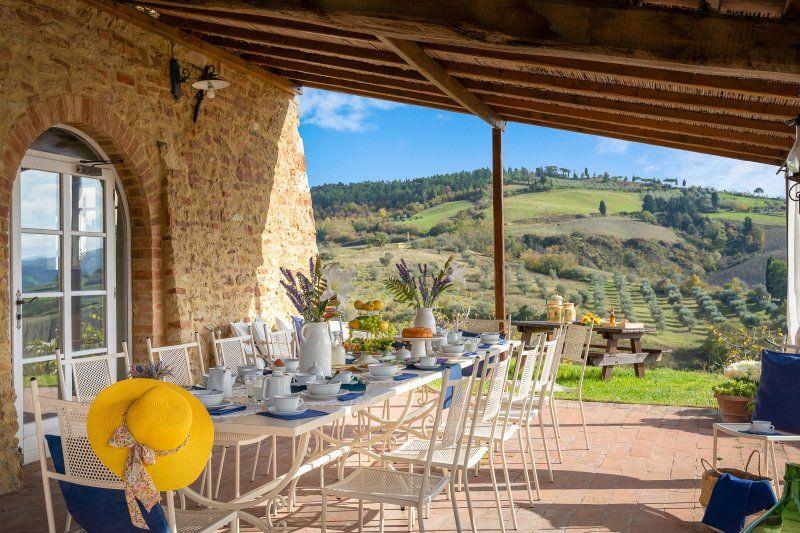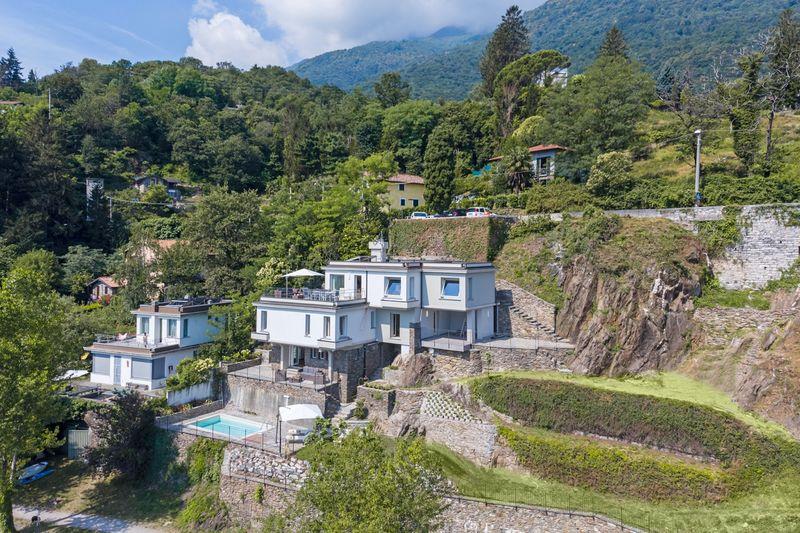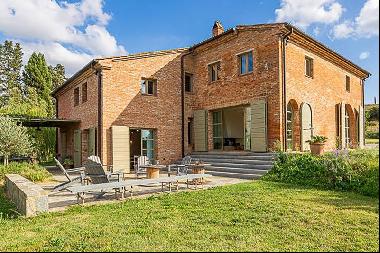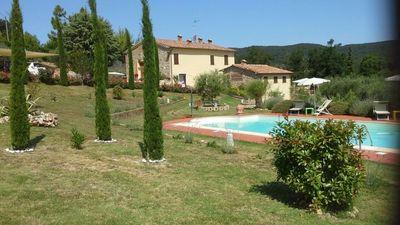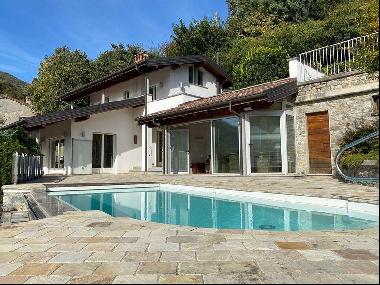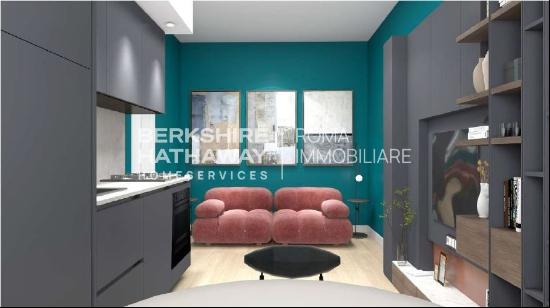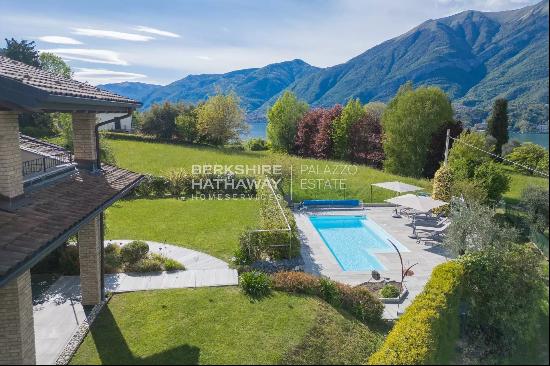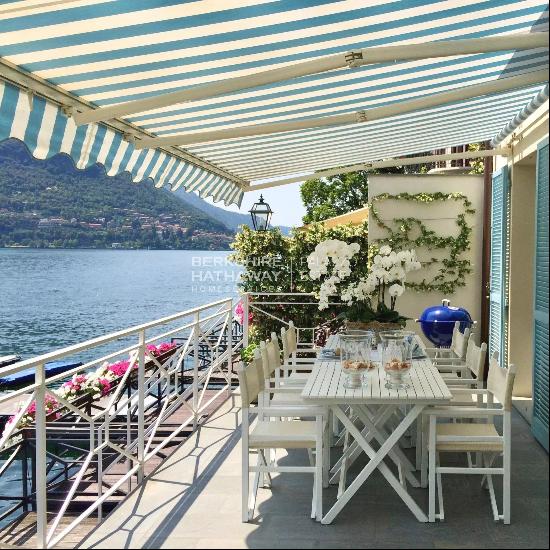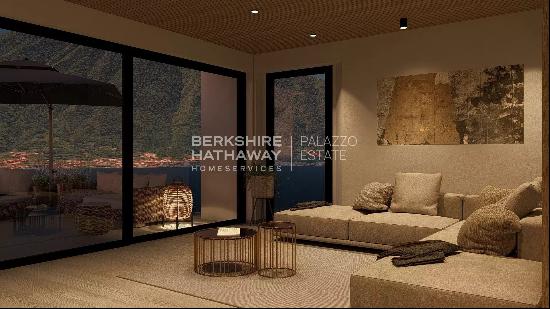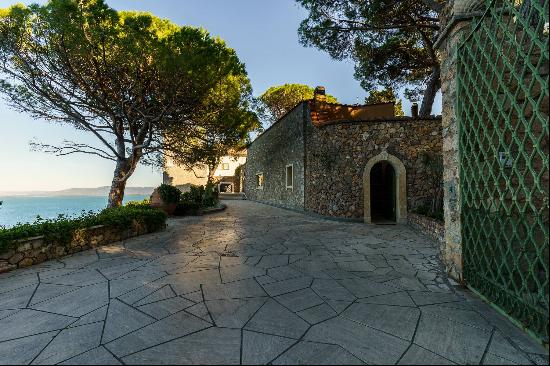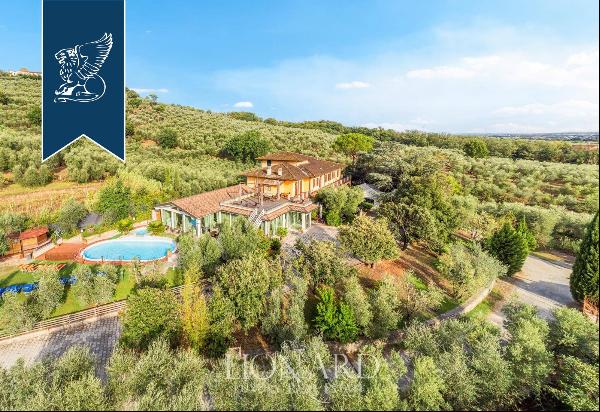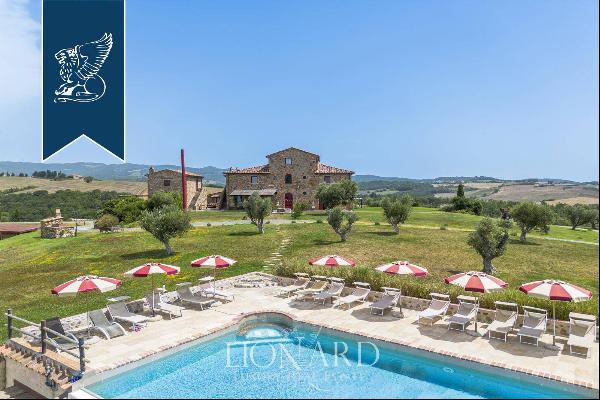
By Beata Heuman
I recently watched a BBC documentary called The Instagram Effect. It was intriguing to see how Instagram’s algorithms carefully select the images we are served based on the thousands of small, unthinking choices we make while scrolling: lingering a little longer than average there, sharing a post or clicking through to someone’s profile here. If our feeds are meant to reveal our innermost desires, it is reassuring that mine, save for sporadic images of the Duchess of Cambridge, is made up exclusively of interiors.
There is a seemingly endless catalogue of interiors images out there getting pinned, saved, shared and liked for inspiration. A professional interiors photographer will never shoot a home with the house’s lights on as it distorts the colour, so one thing that cannot be easily gleaned from these photos is how to properly light a room.
Here, I share my tips on how to find the right balance using the example of this characterful two-bedroom apartment in a 16th-century building in Florence, on the market for €1.5mn. Its living room serves as a good example of a space not quite fulfilling its potential because of the way it is lit.

Pick your angles
When I worked for Nicky Haslam, before I set up my own studio in 2013, he would always say that the point of lighting is to make people look their best. He would often line lampshades in pink as it brings out a peachy hue in people’s complexion.
A key ingredient is where the light comes from. A downlight casts a cold light directly from above, which is never flattering. Lamps on the other hand cast the light sideways and, since the light is diffused through a lampshade, it is a lot softer.
Standing lights have a similar effect and I tend to pick ones that are directional, which works well for reading. I generally use standing lights with a soft shade so that you get a bit of a glow coming through it when lit. In a space like this, it would work well to have a standing light with a few arms so that you can place it in between two armchairs and provide some directed light for both seats without taking up too much space. This Swedish two-arm floor lamp, made in about 1945, is available from 1stDibs for $3,900.

Introduce variety
I like to make sure each seat has a light source relatively close by, just as there should always be a side table to put your drink on. Once that has been catered for, I would add more light sources around the perimeter of the room, such as these Collier Webb picture lights (from £2,763.60) mounted above the bigger paintings over the side boards and perhaps a couple of wall lights framing the arched door (see the property listing as not shown in the image above).
It is always effective to have a variation in types, so that you have a sculptural play between lights. The little oil lamp on top of the sideboard is a wonderful example of this, but I would move it to sit on the secretaire between the big windows.

Safety first
One issue when you work in an old building with big rooms like this is getting light to the correct place without having cables running across the floor, which can be a trip hazard. There are many great cordless options such as this rechargeable table lamp from Pooky (£115 without shade).
I would not have an overhead light in this room but rather leave the beautiful old ceiling undisturbed. The current crystal chandelier gets lost and would be better as the jewel in the crown in a small room with tall ceilings.

Set the mood
One huge benefit of lighting is being able to create a particular atmosphere, yet what works on a rainy day is different to what you might want when you have friends over in the evening. Dimmer switches, such as this porcelain example from Dyke & Dean (£85), are key.
So is getting the right type of bulb, which seems impossible at times and has driven me to madness on many occasions. You want a dimmable, warm white bulb and, unless the bulb is exposed, I would always go for clear as opposed to frosted because you get a cleaner, less green light. Zico Lighting is a good place to start.

Add natural lighting
All this said, sometimes there is nothing like turning all the lights down low and lighting a few candles. After burning the Cyrus candle from Moro Dabron (£155), you are left with a decorative stoneware vase.

Photography: Chris Gloag; Lionard Luxury Real Estate


